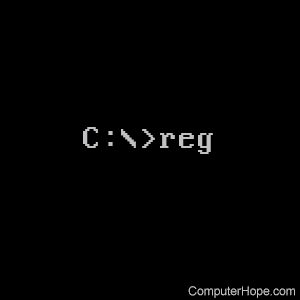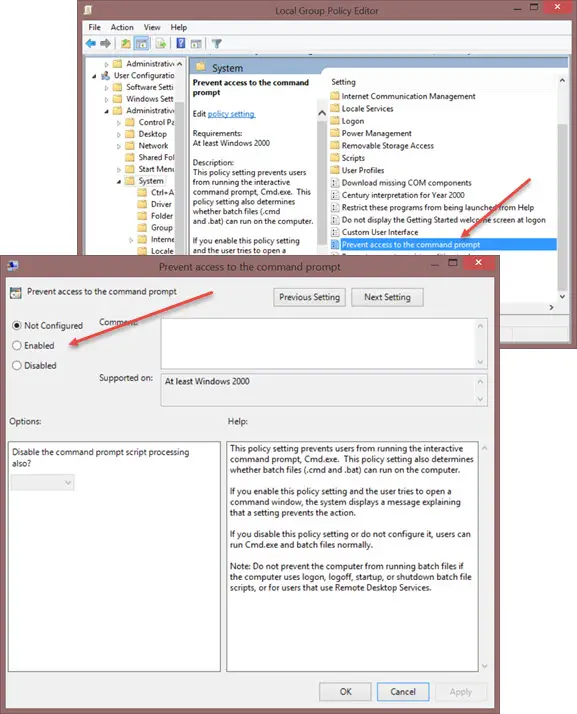

- #Clean registry windows 10 using command prompt how to
- #Clean registry windows 10 using command prompt full
For example, REG ADD HKLM\Sofware\MySubkey is not the same as REG ADD HKLM\Software\MySubkey. However, at the end of the day, you will still be editing the Registry, which is dangerous no matter which tool you use.Īlso, make sure to double-check your commands before executing, as you can make mistakes. While you can always use the Registry Editor, you'll find that it's sometimes easier and faster to use the reg.exe command-line tool. REG RESTORE HKLM\Software\MySubkey C:\RegKeyBackup.hiv Wrapping things up To restore all the content, including subkeys, entries, and values within the subkey named MySubkey, use the following example: REG SAVE HKLM\Software\MySubkey C:\RegKeyBackup.hiv /y REG RESTORE examples To save and overwrite any existing file, use the following example: REG SAVE HKLM\Software\MySubkey C:\RegKeyBackup.hiv To save a copy of subkeys, entries, and values within the subkey named MySubkey, use the following example: /y: Overwrites the registry content without prompting for confirmation.FileName: Specifies the name and path of the.
#Clean registry windows 10 using command prompt how to
REG IMPORT C:\RegKeyBackup.reg How to save and restore registry entries Syntax To import all the content, including subkeys, entries, and values within the subkey named MySubkey, use the following example: REG EXPORT HKLM\Software\MySubkey C:\RegKeyBackup.reg /y REG IMPORT examples To export and overwrite any existing file, use the following example:

REG COPY HKLM\Software\MySubkey1 HKLM\Software\MySubkey2 /s To copy all subkeys and values under the key MySubkey1 to the key MySubkey2, use the following example:

The default separator is \0 if it is not specified. /s Separator: Defines the character you use to separate multiple instances of data when the REG_MULTI_SZ data type is specified and you need to add more than one entry./f: Adds or deletes registry content without prompting for confirmation.t Type: Specifies the type of registry entries. /ve: Defines if you're adding or deleting an entry that has a null value./v ValueName: Specifies the name for the registry key to be added or deleted.If you're trying to edit the registry on a remote computer, you can only use these shortcuts: HKLM and HKU. KeyName: Defines the path to the subkey or entry.How to add and delete registry entries Syntax While there a long list of possible command combinations, below we'll be listing the most useful commands to get started using reg.exe with Command Prompt. However, you won't get any return codes using the Compare switch. You'll also get the return codes: 0 meaning that the operation completed successfully, and 1 indicating that the operation failed. Note: You can also use REG followed by the operation type and /? to get more help. This command will display all the operation types you can use, including: To run the tool, type the following command and press Enter: Right-click the result and select Run as administrator.To run reg.exe, you first need to start Command Prompt as an administrator with the following steps:
#Clean registry windows 10 using command prompt full
It's recommended to make a full backup of your computer before proceeding.

Important: If you're planning to use these commands on your computer, make sure to understand that modifying the Registry is risky, and it can cause irreversible damage to your installation if you don't do it correctly. How to edit the Registry using Command Prompt In this Windows 10 guide, we'll walk you through the steps to get started using Reg.exe to edit the Registry using Command Prompt.


 0 kommentar(er)
0 kommentar(er)
